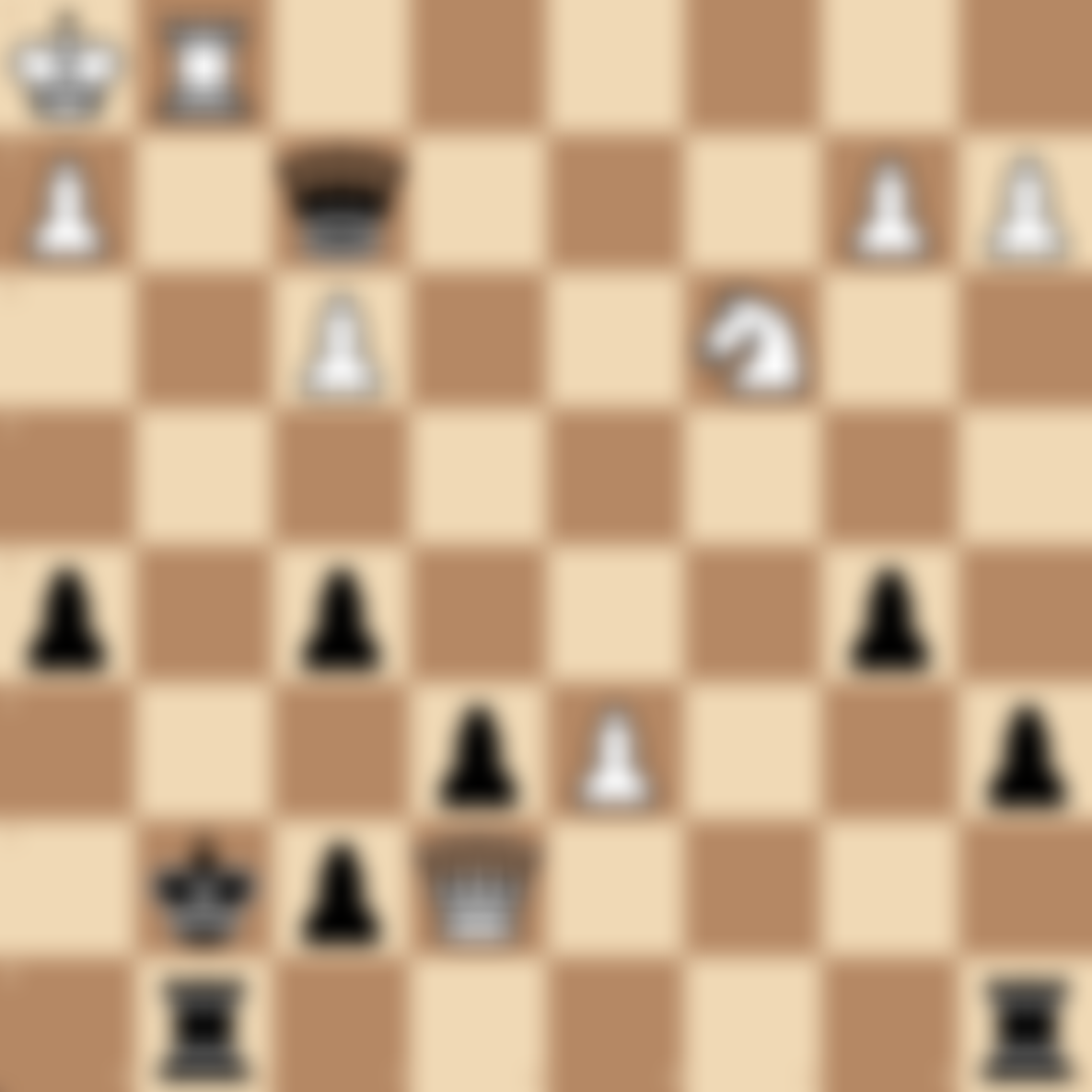Attacking the Castled King in Chess
Table of Contents
- Introduction
- Understanding Castled King Positions
- Common Attacking Patterns
- Piece Sacrifices in King Attacks
- Pawn Storms Against the Castled King
- Exploiting Weaknesses Around the Castled King
- Famous Games Featuring Attacks on Castled Kings
- Defending Against Attacks on Your Castled King
- Practice Attacking Castled King Puzzles
- FAQs
Introduction
Attacking a castled king is one of the most exciting and crucial aspects of chess strategy. At chesspuzzles.io, we've created this comprehensive guide to help you master the art of launching powerful attacks against a castled king position. We'll explore common patterns, piece sacrifices, pawn storms, and provide examples from famous games to enhance your attacking skills.
Understanding Castled King Positions
Before launching an attack, it's essential to understand the characteristics of castled king positions:
- Kingside castle (0-0): King on g1/g8, Rook on f1/f8
- Queenside castle (0-0-0): King on c1/c8, Rook on d1/d8
- Pawn shield: Usually composed of f2, g2, h2 (or f7, g7, h7) pawns
Key vulnerabilities in castled positions:
- Weakened squares in the pawn shield
- Open files and diagonals leading to the king
- Lack of defending pieces around the king
Common Attacking Patterns
Several recurring patterns emerge when attacking a castled king:
- Greek Gift Sacrifice: Bxh7+ (or Bxh2+) followed by Ng5+ (or Ng4+)
- Double Bishop Sacrifice: Bxh7+ followed by Bxg7
- Castling into an attack: When the opponent castles into a prepared assault
- Back rank weaknesses: Exploiting the lack of luft (escape square for the king)
Piece Sacrifices in King Attacks
Sacrifices often play a crucial role in breaking through the king's defenses:
- Bishop sacrifices: Opening lines or removing key defensive pawns
- Knight sacrifices: Typically on f7/f2 or h7/h2 to expose the king
- Rook sacrifices: Often on h-file to create mating nets
- Queen sacrifices: Dramatic but rare, usually to remove a key defender or create unstoppable threats
Key principles for successful sacrifices:
- Ensure adequate piece coordination for the attack
- Calculate concrete variations to justify the material investment
- Look for forced lines that lead to checkmate or significant material gain
Pawn Storms Against the Castled King
Pawn storms can be effective in weakening the castle's pawn shield:
- Kingside pawn storm: Advancing the f, g, and h pawns against a kingside castle
- Queenside pawn storm: Pushing the a, b, and c pawns against a queenside castle
Benefits of pawn storms:
- Create weaknesses in the opponent's pawn structure
- Open lines for attacking pieces
- Force the opponent to make awkward defensive moves
Exploiting Weaknesses Around the Castled King
Common weaknesses to exploit:
- Fianchettoed bishop removal: Attacking g6/g3 can expose the king
- f6/f3 break: Creating a hole in the pawn shield
- h6/h3 weakness: A common target for bishop sacrifices
- Backwards e-pawn: Can lead to vulnerabilities on the e-file
Strategies for exploitation:
- Control key squares with minor pieces
- Use rooks on open files to increase pressure
- Coordinate multiple pieces to attack weak points
Famous Games Featuring Attacks on Castled Kings
Studying classic games can provide inspiration and improve pattern recognition:
- Kasparov vs. Topalov, Wijk aan Zee 1999 (The famous "Immortal Game")
- Tal vs. Larsen, Bled 1965 (Dramatic queen sacrifice)
- Anderssen vs. Kieseritzky, London 1851 (The original "Immortal Game")
Defending Against Attacks on Your Castled King
To improve your defensive skills:
- Maintain the pawn shield in front of your king
- Keep defensive pieces near your king
- Be cautious about pawn moves that weaken your king's position
- Create counterplay to divert your opponent's attacking resources
- Consider evacuating your king if the attack becomes too strong
Practice Attacking Castled King Puzzles
Sharpen your attacking skills with our collection of puzzles focused on attacking castled kings:
Try our Attacking Castled King Puzzles on chesspuzzles.io now
Challenge yourself with these tactical puzzles designed to improve your ability to spot and execute powerful attacks against castled king positions.
FAQs
Q: Is it always advantageous to attack a castled king? A: Not necessarily. The decision to attack should be based on the specific position, pawn structure, piece placement, and overall board dynamics. Sometimes, focusing on other strategic goals may be more beneficial.
Q: How can I improve my ability to spot attacking opportunities against a castled king? A: Regular practice with targeted puzzles, studying classic attacking games, and analyzing your own games can significantly improve your pattern recognition and tactical vision for king attacks.
Q: Are attacks against kingside castled positions more common than against queenside castled positions? A: Attacks against kingside castled positions are generally more common, partly because kingside castling is more frequently employed. However, queenside castled positions can also be vulnerable to well-coordinated attacks.
Master the art of attacking castled kings to add a powerful weapon to your chess arsenal! Ready to test your skills? Try our Attacking Castled King Puzzles on chesspuzzles.io now and elevate your attacking prowess to new heights.
